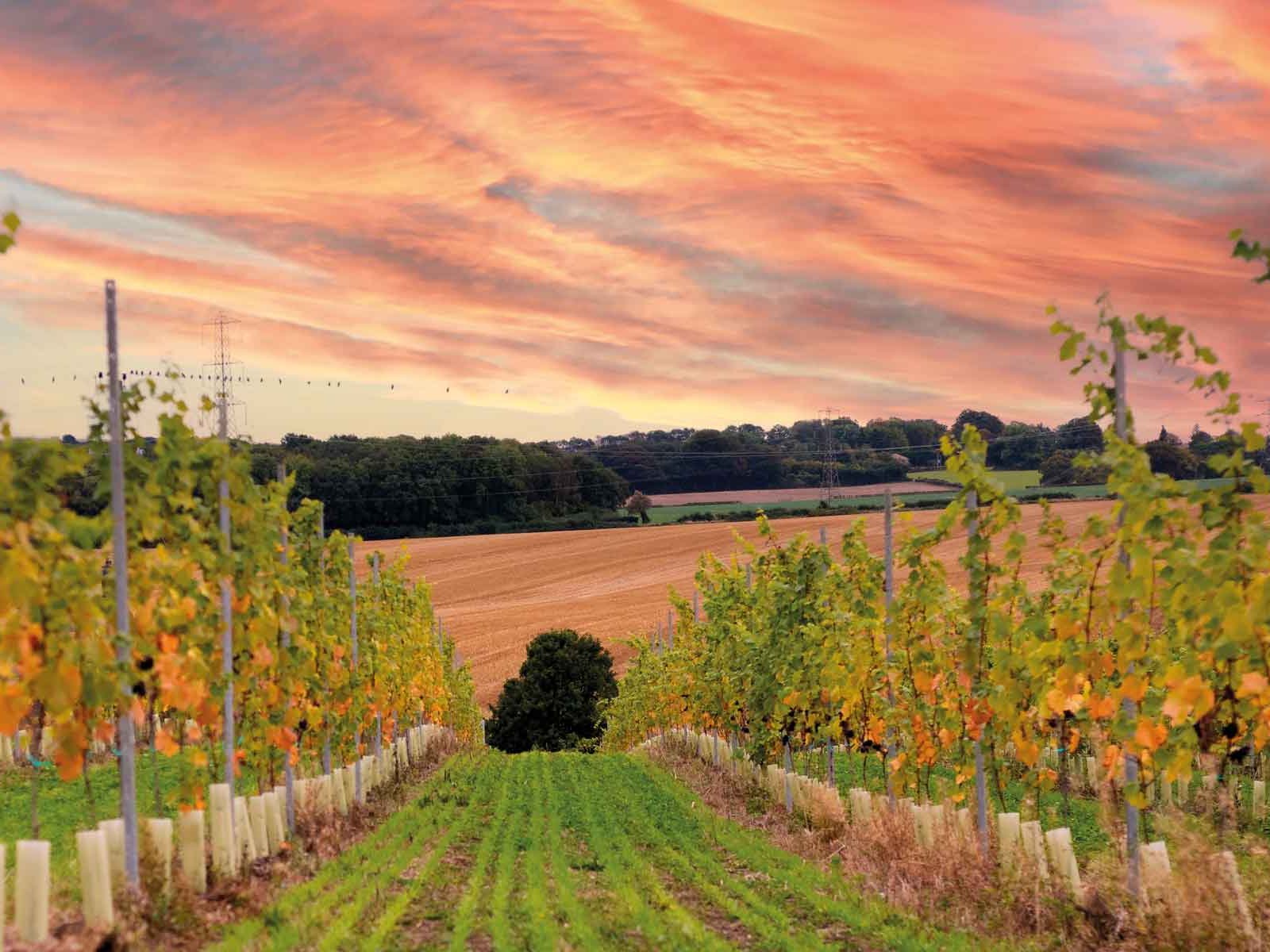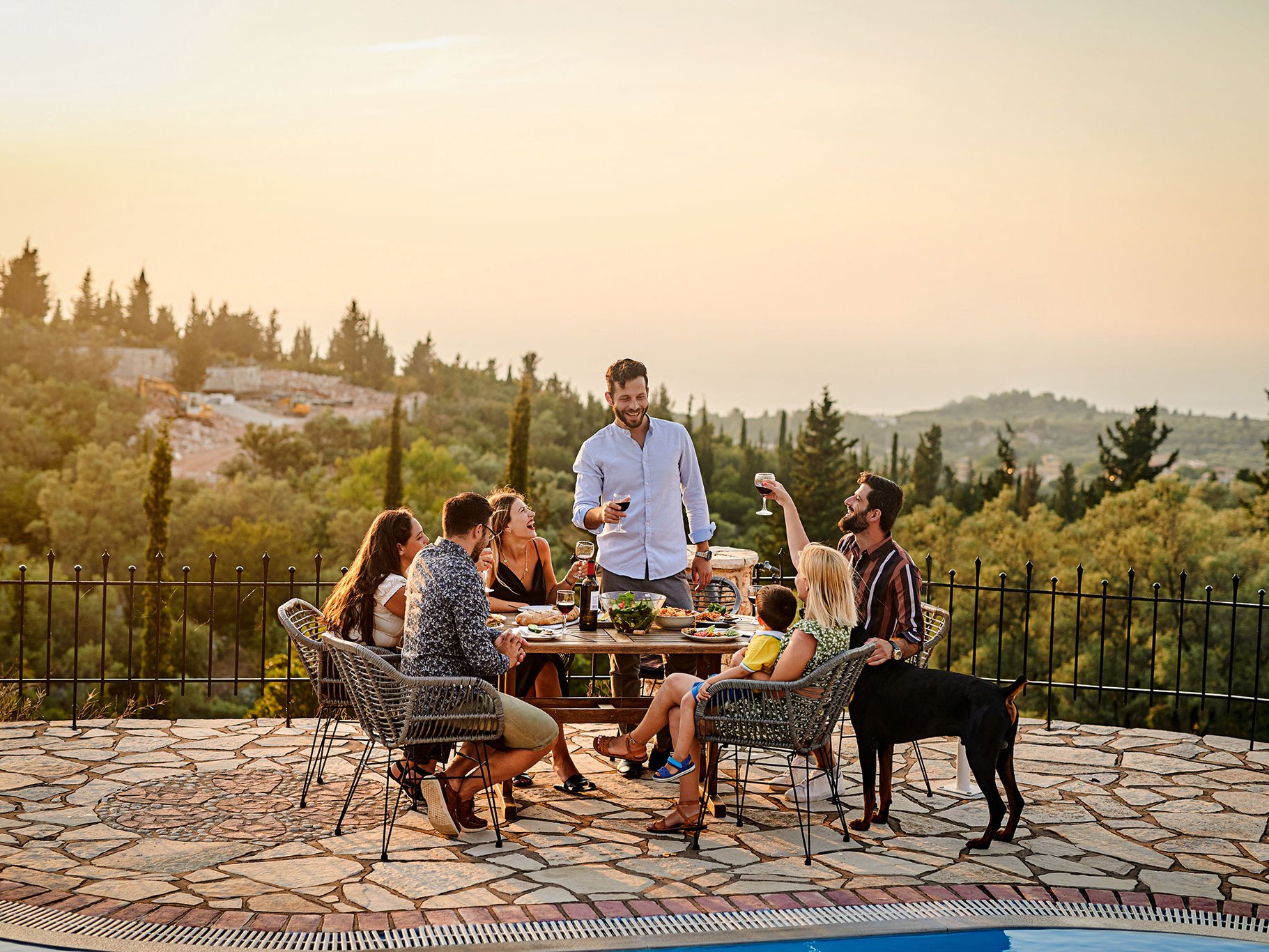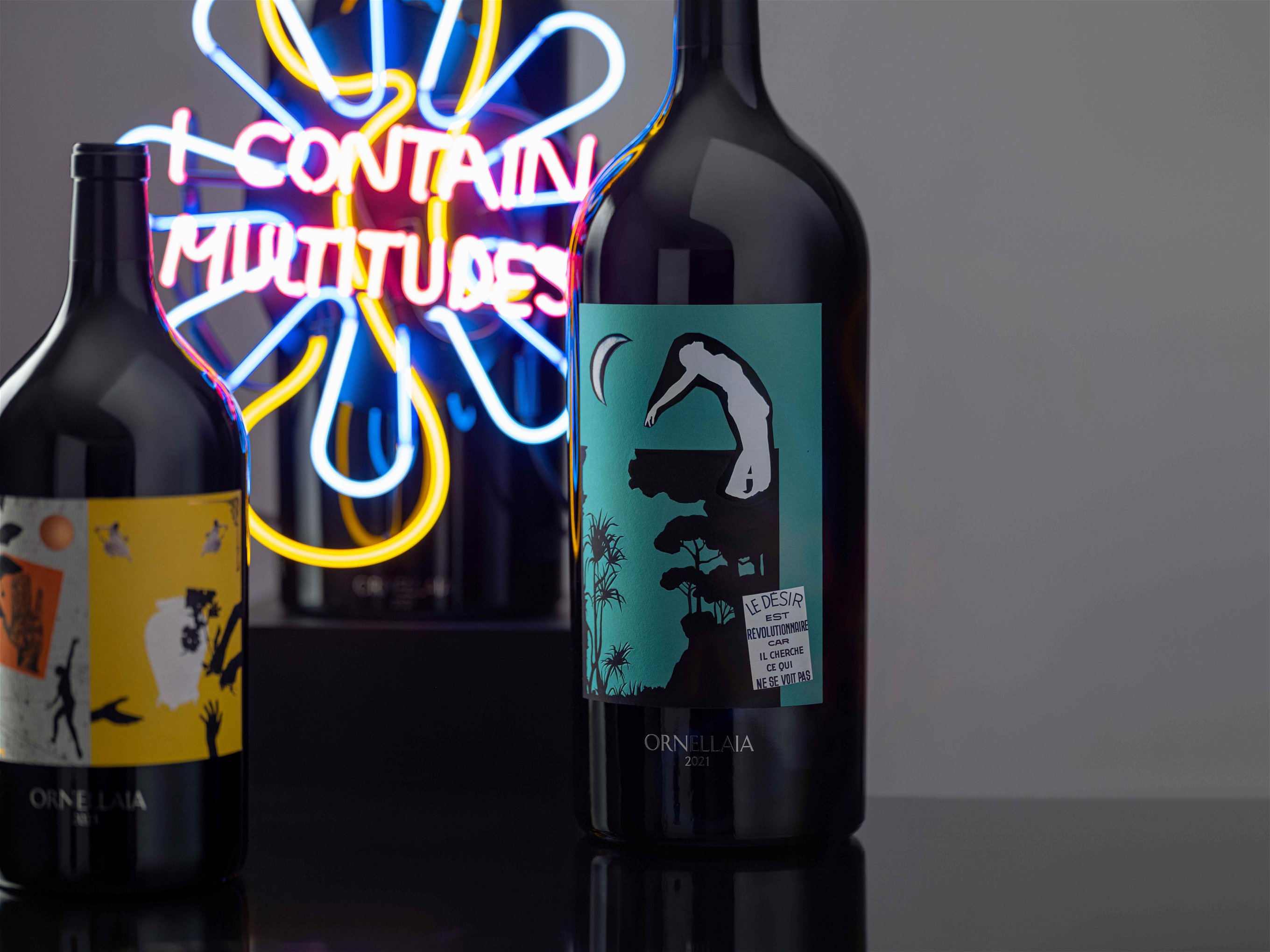Langham Wine Estate: A New English Rising Star
Langham Wine Estate may just have more than doubled its vineyard area, but this Dorset estate is far keener to draw attention to a dramatic, ambitious quality shift.
This year has seen Langham add 45 acres of vineyard to its existing 30 acres, a £500,000 investment that will eventually see production leap from around 50,000 bottles a year currently to as many as 150,000 bottles.
The original plan was to plant 55 acres, but owner Justin Langham explained that the shortfall was caused by delivery of the wrong clone, which he decided to return. “We didn’t want to dilute what we are trying to achieve,” he commented. “Quality is everything.” The missing acres are now due to be planted next year instead.
The major expansion aims to help Langham meet soaring demand for its wines, although the first results from its new vineyard won’t reach the market until 2026 at the earliest. “At times in the past we have had to ration how much wine people can buy, and it is highly likely we will be doing this again in the near future,” remarked Langham.
While much of the new vineyard will bolster the estate’s existing supply of Pinot Noir and Chardonnay, Langham has also planted about 10 rows of Pinot Gris. “In a high acid year the Pinot Gris can elevate the sparkling wine,” explained winemaker Tommy Grimshaw, suggesting that the variety “will add more weight and substance.”
While Langham’s core focus remains on sparkling wine, the new Pinot Gris vines also offer scope to make still wines in warmer years. “At the moment our still wines here are mainly made from grapes we’ve bought in,” explained Langham. “Producing a still wine from our grapes here is quite a struggle unless it’s an exceptionally good year. We’re hoping this Pinot Gris will give us another string to our bow.”
Having joined the Langham team in 2018, Grimshaw has accelerated a major stylistic shift in the producer’s wines. While early vintages – the first was as recent as 2011 – were characterised by a typically English bright acidity and orchard fruits, the Langham style has now taken on a far richer, more oxidative, saline personality without losing freshness.
“I’m inspired by the grower producers of Champagne, people like Agrapart and Selosse,” explained Grimshaw. In addition to a shift away from any fining or filtration and the embrace of indigenous yeast, there has been a steady decline in dosage from around 9g/l in the 2011 Blanc de Blancs to just 3g/l in its 2017 counterpart.
With less sugar also now added for the secondary fermentation, the pressure inside the bottle is lower. This results in a gentler fizz that, Grimshaw maintained, won’t mask all the flavour he’s worked so hard to build into the wine.
Another major impact on the house style is the estate’s increased use of oak, with around 70% of the 2017 Blanc de Blancs blend spending time in an assortment of barrels, from 225 litres up to 500 litres in size and aged anywhere between three and 25 years.
Grimshaw’s admiration for the Champagnes of Jacques Selosse even extends to a replica of the producer’s renowned solera system at Langham. Currently comprising what he described as “the best 500 litres” of Chardonnay from 2017, 2018 and 2019, all matured together in a 2,000-litre oak foudre, the first expression of this “Perpetual Cuvée” is due to spend at least a further two years on its lees, followed by “a good amount of cork age”, before release.
“It’s an opportunity to really push the age on our wines,” said Grimshaw. What’s more, he added, “If you want to really showcase the site then you can’t really do that with a vintage. We’re taking the best Chardonnay from each year, which nullifies vintage variation.”
Once in production, the larger vineyard area will offer Grimshaw a greater array of blending options. He currently draws on around 120 different parcels to create the Langham range of wines, but anticipates that will increase to nearer 300 parcels.
While the original Langham vineyards were planted with Champagne clones, Grimshaw was keen for the new sites to feature Dijon clones, which he feels are better suited to the estate’s current “rich and ripe” stylistic direction.
Despite the significant increase in production enabled by these new vineyards, Justin Langham insisted the primary focus remained quality rather than quantity. “Being the biggest isn’t an ambition,” he maintained. “I want to produce the most interesting and exciting sparkling wine we can.”














